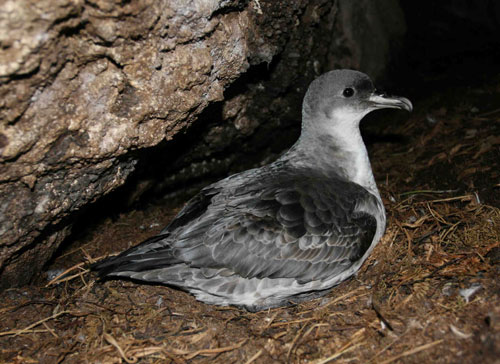Peter Kappes (Department of Fisheries and Wildlife, Oregon State University, Corvallis, USA) and Holly Jones argue in the journal Biodiversity and Conservation that removing alien mammals from seabird islands should be followed by active restoration programmes to encourage seabirds to recover or return. This seems particularly apposite for procellariiform seabirds with their particular life-history traits.
The paper’s abstract follows:
“Colonial nesting seabirds frequently drive island ecosystem biodiversity by maintaining ecosystem functioning and community dynamics. Invasive mammal introductions to most of the world’s islands have ravaged insular seabird populations and had associated devastating ecosystem-wide effects. Eradication programs remove invasive mammals from islands, with the goal of conserving and restoring island species and systems. However, most eradication programs rely almost exclusively on passive seabird recovery to achieve these goals. Unfortunately, the life histories of most seabird species are not conducive to passive recovery within a contemporary timeframe. Seabird restoration techniques can effectively overcome life history related issues and significantly reduce recovery times for insular seabird populations, thereby reducing associated ecosystem-wide recovery times. By integrating seabird restoration and eradication programs, practitioners can maximize conservation gains, expand funding opportunities, and restore island ecosystems and the biodiversity they support.”

Grey Petrel on Marion Island after eradication of feral cats
Photograph by Peter Ryan
Reference:
Kappes, P.J. & Jones, H.P. 2014. Integrating seabird restoration and mammal eradication programs on islands to maximize conservation gains. Biodiversity and Conservation 23: 503-509.
John Cooper, ACAP Information Officer, 06 March 2014

 English
English  Français
Français  Español
Español